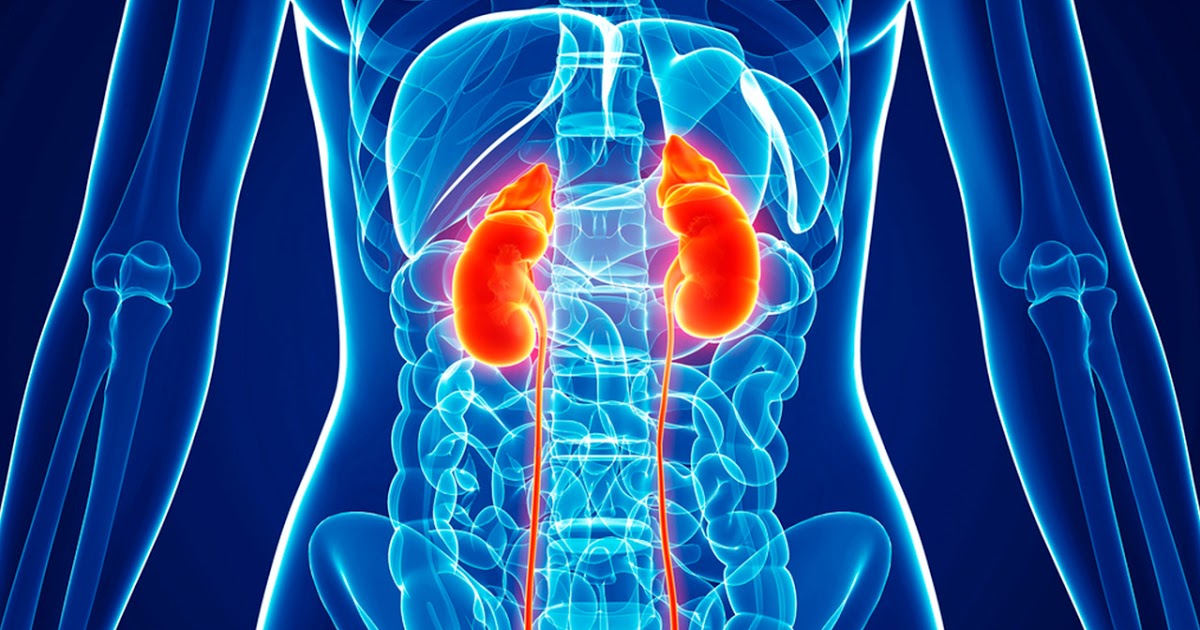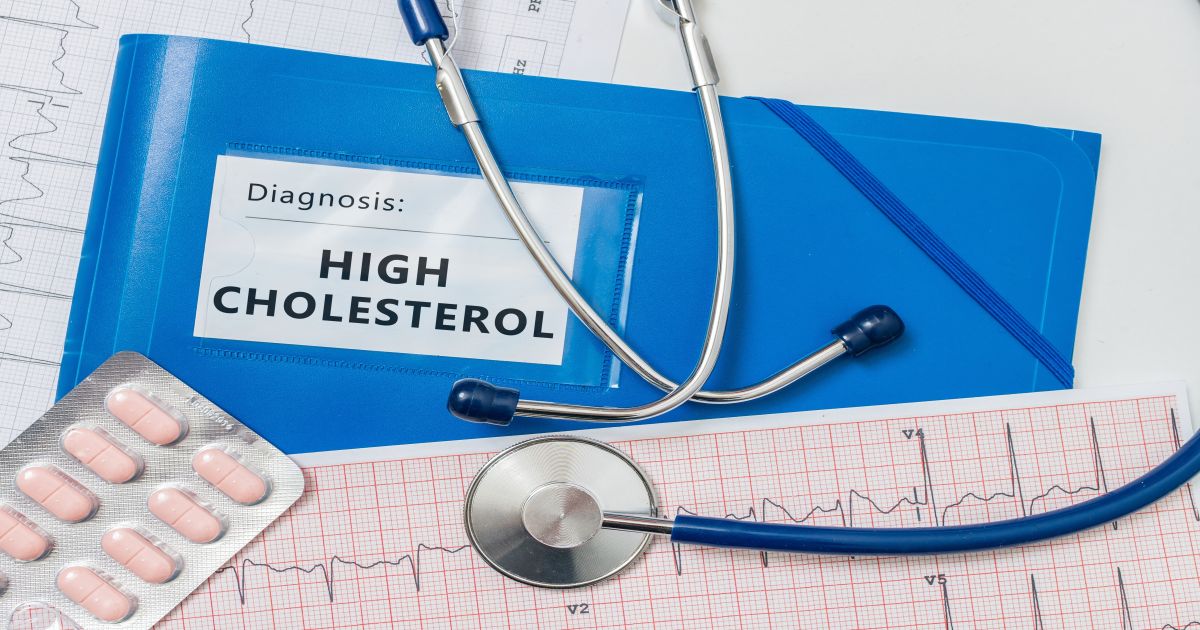Complications Linked To Prediabetes
Prediabetes, formerly known as borderline diabetes, is a condition characterized by elevated blood glucose levels. Although glucose is elevated, it is not yet high enough to be in the diabetic range. Prediabetes is diagnosed when patients have a fasting blood glucose between 100 and 125mg/dL. Readings of 126mg/dL or above are classified as diabetic. For most patients, prediabetes has no symptoms, and doctors estimate up to ninety percent of patients with this condition are unaware they have it. Therefore, healthcare providers routinely advise patients with certain risk factors for prediabetes to consider getting tested for this ailment.
Currently, testing is recommended for individuals who are overweight and for those who have high blood pressure, polycystic ovary syndrome, or a history of gestational diabetes. Additionally, patients aged forty-five and above should consider testing, and doctors also advise individuals who have a parent or sibling with diabetes to receive testing. Both prediabetes and diabetes can be diagnosed with a simple blood test. If patients are diagnosed with prediabetes, losing weight and making other lifestyle modifications may cure this condition.
Progression To Type 2 Diabetes

Progression to type 2 diabetes is the most common complication of prediabetes. While prediabetes doesn't normally produce symptoms, several symptoms may develop in patients who are progressing to type 2 diabetes. For example, patients may experience darkened skin on their knuckles, knees, neck, or elbows. If increased thirst, blurred vision, fatigue, or frequent urination (more than eight times per day) develop, this suggests patients have most likely progressed to the diabetic range. To slow down or eliminate the risk of progression to type 2 diabetes, patients should speak with their healthcare provider about weight loss, dietary changes, and exercise plans that may help. Some communities have special support groups dedicated to preventing diabetes in patients struggling with prediabetes.
Unrecognized Heart Attacks

Patients with prediabetes are at an increased risk of cardiovascular complications, including unrecognized heart attacks. These types of heart attacks may not be detected until patients receive cardiovascular screening tests at routine physical exams. Generally, these attacks produce vague, subtle symptoms patients may dismiss as indigestion or another minor ailment.
For example, unrecognized ('silent') heart attacks can cause patients to have shortness of breath, and this may be accompanied by discomfort in an arm or leg or in the throat, neck, or jaw. Patients may feel unusually fatigued for no known reason. Electrocardiograms and echocardiograms can detect silent heart attacks; electrocardiograms are sometimes performed on patients who are fifty years old or older during annual physicals. Damage caused by an unrecognized heart attack may lead to serious arrhythmias and heart valve issues.
Kidney Damage And Disease

Kidney damage and disease are some of the most frequent complications of type 2 diabetes, and kidney damage often begins in patients with prediabetes. In the early stages, the small blood vessels of the kidneys are damaged, and this means the kidneys cannot clean the blood as effectively as they should. Patients may start to retain both fluid and salt instead of excreting it, and this can cause swelling in the ankles and protein in the urine. Patients might also gain weight or develop high blood pressure (or both).
One of the first indications of potential kidney disease caused by prediabetes or diabetes is an increased level of albumin in the urine. Patients at risk for kidney issues are advised to have their albumin levels checked annually, and doctors also use creatinine and blood urea nitrogen tests to monitor kidney function. As kidney disease progresses, patients may notice weakness, leg cramps, nausea, vomiting, and morning sickness. Some patients may develop anemia, and they may need lower doses of insulin and other medications used to treat diabetes.
Heart Disease

Patients with prediabetes are at an elevated risk of cardiovascular disease. In fact, many of the risk factors for prediabetes and diabetes are the same as those for cardiovascular disease. For example, being overweight or obese, having high blood pressure, and having high blood glucose all contribute to a greater risk of developing both type 2 diabetes and heart disease. To check for the presence of heart disease and evaluate their individual risk, prediabetes patients may wish to have electrocardiograms, echocardiograms, and other heart screening tests. Doctors may prescribe lifestyle modifications, weight loss, and medication to manage blood pressure and blood glucose. When used together, these steps may lower a prediabetes patient's risk of cardiovascular disease and also return blood glucose levels to the normal (non-prediabetic) range.
The symptoms of heart disease vary depending on the cause and the specific area of the heart impacted. While some patients with cardiovascular disease may experience no symptoms, typical symptoms include cold, painful, or numb sensations in the arms and legs, shortness of breath, and tightness or discomfort in the chest. When this condition is caused by an arrhythmia, patients may develop a fluttering sensation in the chest, and they may feel as though their heart is racing or pounding. Some patients may experience a slow heartbeat, and fainting may occur. Patients with any of these symptoms should see their healthcare provider for an assessment.
High Cholesterol

High cholesterol is often associated with prediabetes, and these conditions can occur at the same time. Generally, patients with prediabetes and diabetes will have reduced levels of high-density lipoprotein cholesterol (the 'good' kind) and increased levels of both triglycerides and low-density lipoprotein cholesterol (the 'bad' kind). These symptoms are indicative of a condition known as diabetic dyslipidemia, and they are linked to the increased insulin resistance that often begins in prediabetic patients. Cholesterol is usually measured through a fasting blood test. For mild cases of high cholesterol, dietary modifications may bring cholesterol readings back to within the normal range. Many patients will be prescribed statins and other medications to successfully reduce their cholesterol.